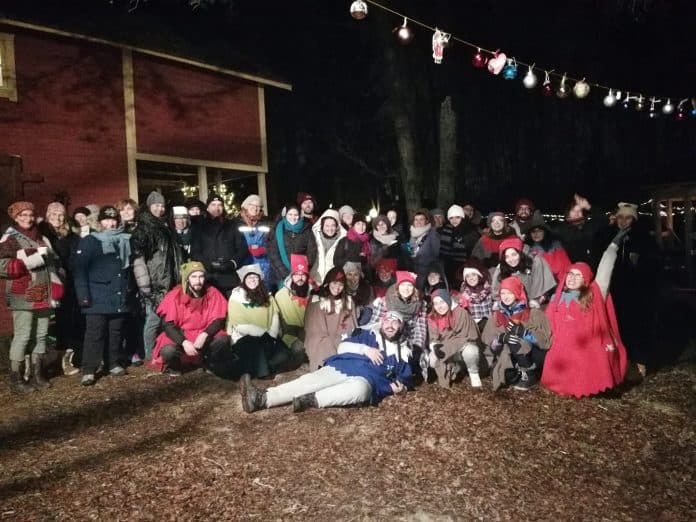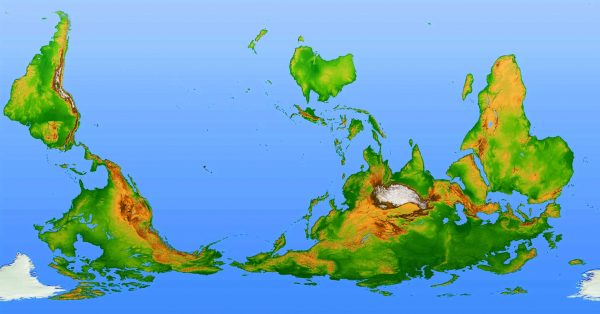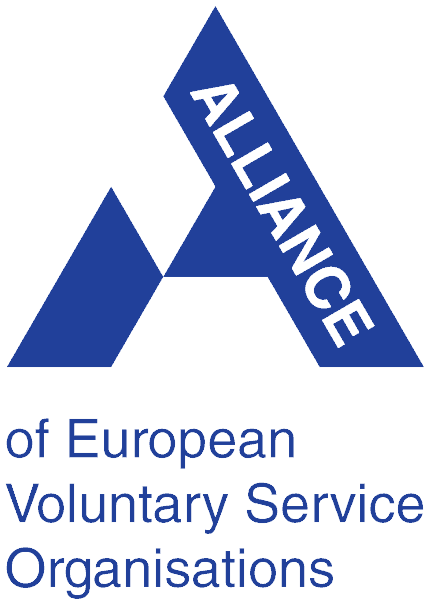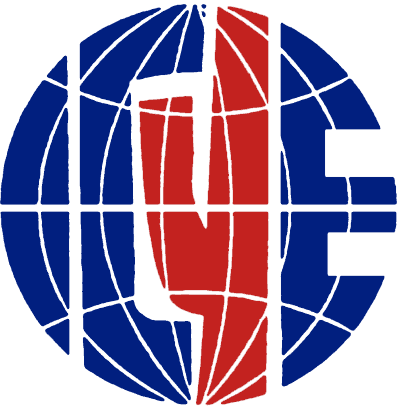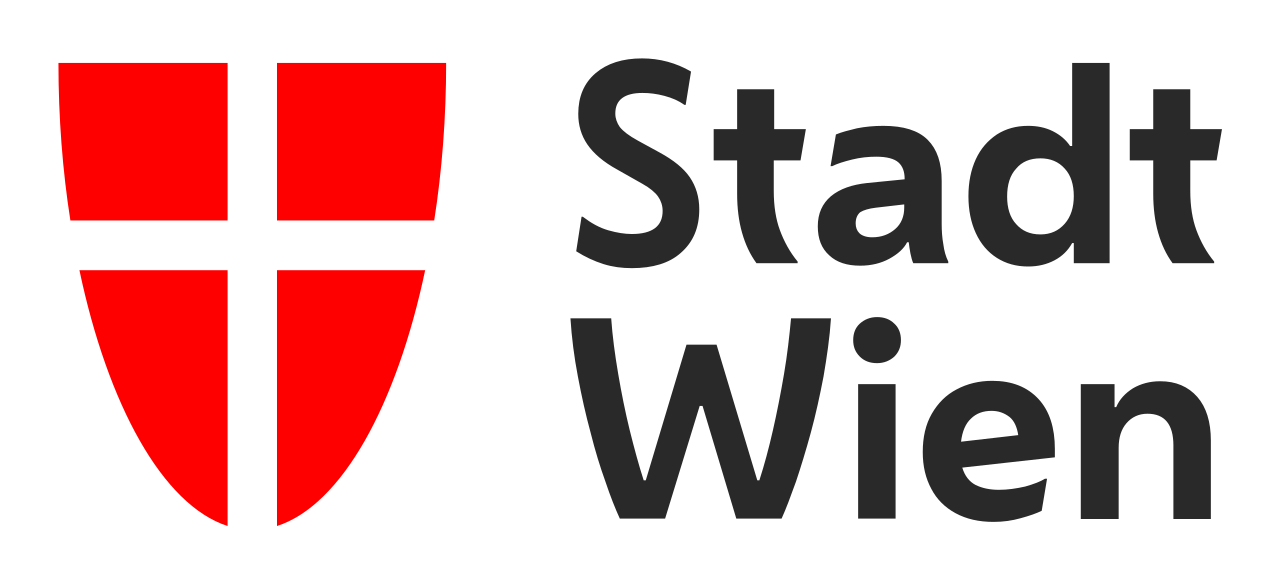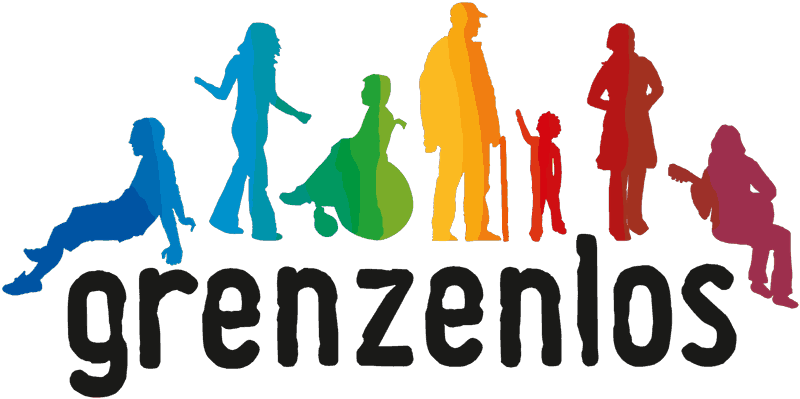29 November – 1 December 2018 | Kokkola, Finland
Report of our participant Sophie H.
I participated in a Study Visit organized by the Norwegian National Agency (Aktiv Ungdom, Bufdir), The Finnish National Agency for Education – EDUFI and Villa Elba, a youth NGO based in Kokkola. Around 30 participants from 10 countries came together to explore how we can use volunteering activities as a tool for NEETS to turn around a downward spiral, be aware of their own resources and potential, and (in a longer perspective) help them succeed with education or employment.
The definition of fewer opportunities within the EVS/Solidarity Corps/ Erasmus+ Volunteering is involving disability, economical obstacles, social obstacles, educational difficulties, health problems and geographical obstacles.
The organization represented had a wide range in experience and focus (f.e. labor market integration of ex-offenders, cultural work with children, social work with people with mental disabilities, …). Especially interesting for me was the participation of around 10 officers from NAV, the Norwegian public welfare agency, which consists of the state Labour and Welfare Service as well as municipal welfare agencies. This let me thinking of possibilities to involve AMS Austria in activities in the frame of European Solidarity Corps.
Contact Making and Exchange of Experiences
With the method of “Market Place” each participant presented the organization he_she represented to get to know each other with our core activities, experiences and interest in potential partnerships involving youngsters with fewer opportunities. Throughout the whole study visit, the opportunity was provided to discuss common values and share strategies in different formats and to establish long term cooperation for volunteering projects, because many young people with fewer opportunities need stability and predictability. Creating good cooperation between partners can be a key factor to succeed with this specific target group. There was also the possibility to discuss concrete sending and hosting activities.
ElfAround – Example for inclusive Short Term Project
We learned about Villa Elba, a youth NGO based in Kokkola, where we were also accommodated. Villa Elba is hosting and sending short and long term volunteers, focussing on youngster with fewer opportunities. We learned about the short Term EVS project ElfAround, which is conducted by Villa Elba 5-6 times per year, involving up to 100 youngsters with different background. We had the chance to meet the coordinators, leaders and volunteers involved in the project. We participated also in the “Elf walk”, an activity organized by the volunteers for the local families. The focus was set on the individual learning experience and the contribution to the local society. Unfortunately Villa Elba is not accessible for wheelchair users.
Video of the project “ElfAround”
Kokkotyö – Example for inclusive Long Term Project
We visited a local foundation in Kokkola, which works with young and adult unemployed people in work training (f.e. graphic design, upcycling, fabric…). Also long term EVS are hosted at Kokkotyö.
Project Planning and Best Practise
Together we discussed and explored, what the success factors in inclusion projects for volunteering activities are and shared our experiences in topics such as impact on the volunteer and the local society, risk management, volunteer preparation, insurance, stakeholders (…) along best practise examples.
Hordaland County Council: https://www.salto-youth.net/tools/otlas-partner-finding/organisation/hordaland-county-council.376/
Bloom Foundation:
Projekt Rückenwind: http://statementimages.co.uk/video/ruckenwind/?fbclid=IwAR0aERTFA4zeiHhavBxAcmQ-uOrDTiAj0b0idbtvy1TacNPYd6laRXy6Omw#.XAKzYeLA_IV
Summary
I could learn a lot from very experienced organizations, which do have long and stable cooperation’s in Short Term EVS projects involving volunteers with fewer opportunities. I had the chance to speak about our international camps and the strategy of “mixed ability” groups and share my experiences in long- and short term projects involving young people with disabilities.

